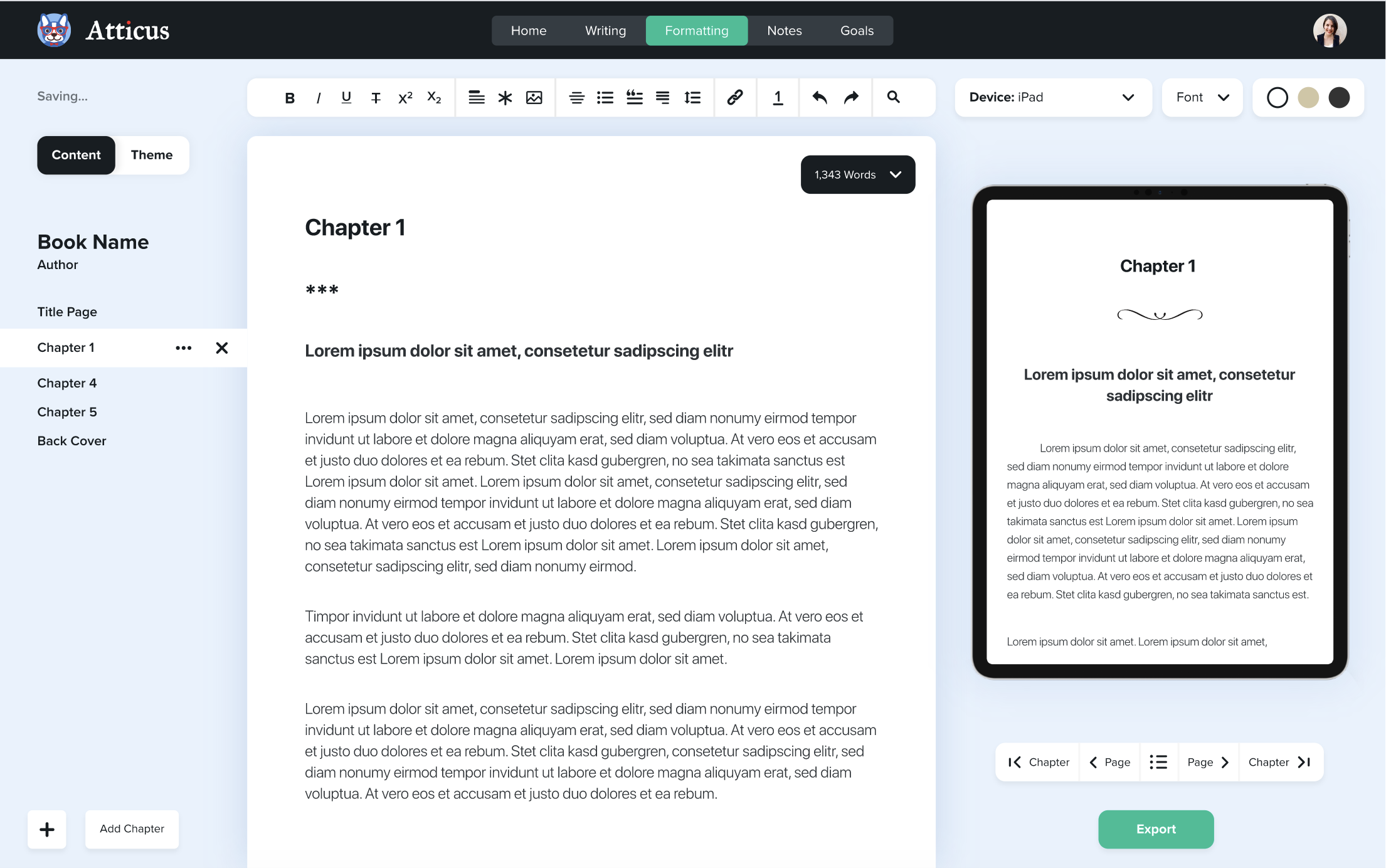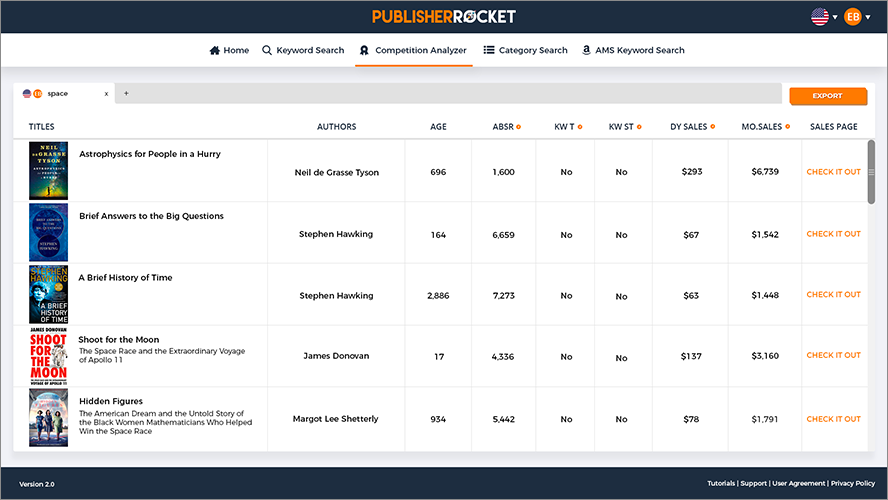Nearly every children’s book needs illustrations.
But before you choose an illustrator (or, if you're the illustrator, before you pick a book to work on), you’ll want to decide on an illustration style.
Your illustration style is the overall look and feel of the artwork. There are countless styles to choose from, each with its own personality.
There are also different artistic mediums to consider. These can shape the final look in unique ways, even when used within the same style.
Table of contents
- The Importance of Children's Book Illustrations
- The Top 10 Illustration Styles
- 1. Cartoonish Illustration Style
- 2. Realistic Illustration Style
- 3. Wondrous Illustration Styles
- 4. Line Drawing Illustration Styles
- 5. Sketch Illustration Style
- 6. Abstract Illustration Style
- 7. Stylized and Exaggerated Illustration Style
- 8. Vintage Illustration Styles
- 9. Bold and Bright Illustration Styles
- 10. Muted or Subdued Illustration Styles
- The Top Eight Illustration Mediums
- What Makes a Good Illustration in a Children's Book?
- Where to Find Children's Book Illustrators
Let's dive in, shall we?
The Importance of Children's Book Illustrations
At the core, most children’s books are built around five key components:
- Coming up with ideas
- Writing the book
- Publishing and marketing the book
- Illustrating the book (that's what this article is about)
- Formatting the children's book
While all five of these are incredibly important, one could argue that illustration is the single biggest element, as it is the most attention grabbing, it sets the tone for the book, and requires the most amount of work.
That is why it is not only important to have a talented designer, but you also want to know what their unique style is. Depending on the subject and tone of your book, one style might be more appropriate than another.
With that in mind, let's take a look at the best illustration styles in children's books these days.
…
All five matter. But illustration often plays the biggest role. It grabs attention, sets the tone, and typically requires the most time and effort.
That’s why it’s not just about finding a talented illustrator, but about finding someone whose style fits your story. Depending on your book’s tone and subject matter, one illustration style might work far better than another.
So, let’s explore some of the most popular illustration styles used in children’s books today.
The Top 10 Illustration Styles
While style is something that changes frequently with every decade, here are 10 unique styles that you will find today.
1. Cartoonish Illustration Style
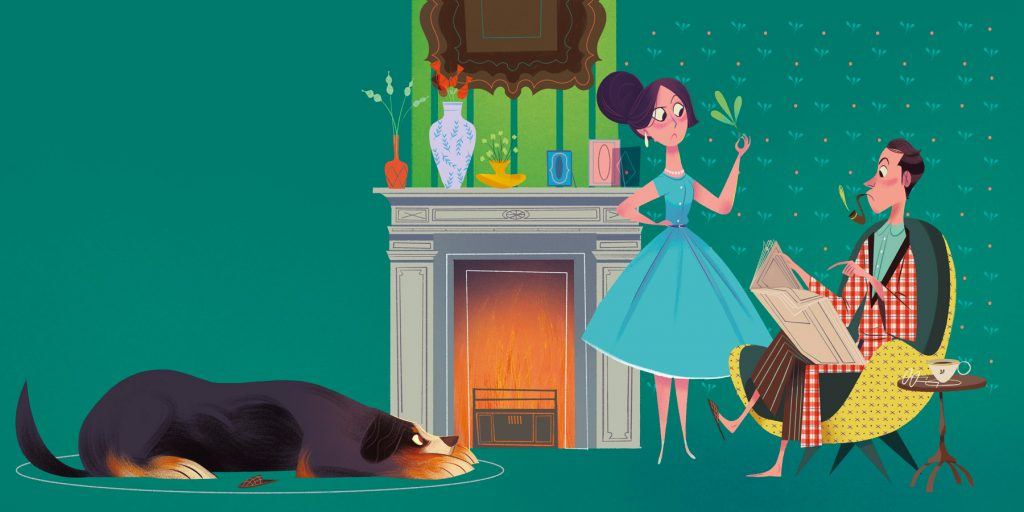
A cartoon -like style is possibly the most common illustration style, as it is colorful and engaging for children.
This isn't just using bright colors and Disney-like people, but can also involve anthropomorphizing animals with human features, exaggerating reality a little bit, etc.
2. Realistic Illustration Style
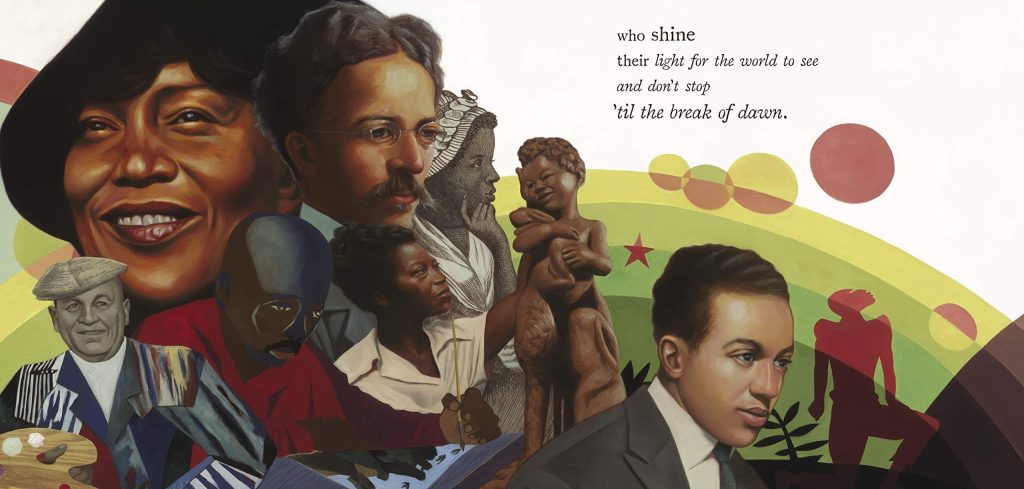
While there are a few children's books that use photographs, a picture-perfect illustration style is not very common.
However, there are a few illustrators that specialize in a more realistic style, sometimes mixed with a few other styles to create something unique.
The example above is the perfect embodiment of this realistic, yet stylized approach.
3. Wondrous Illustration Styles
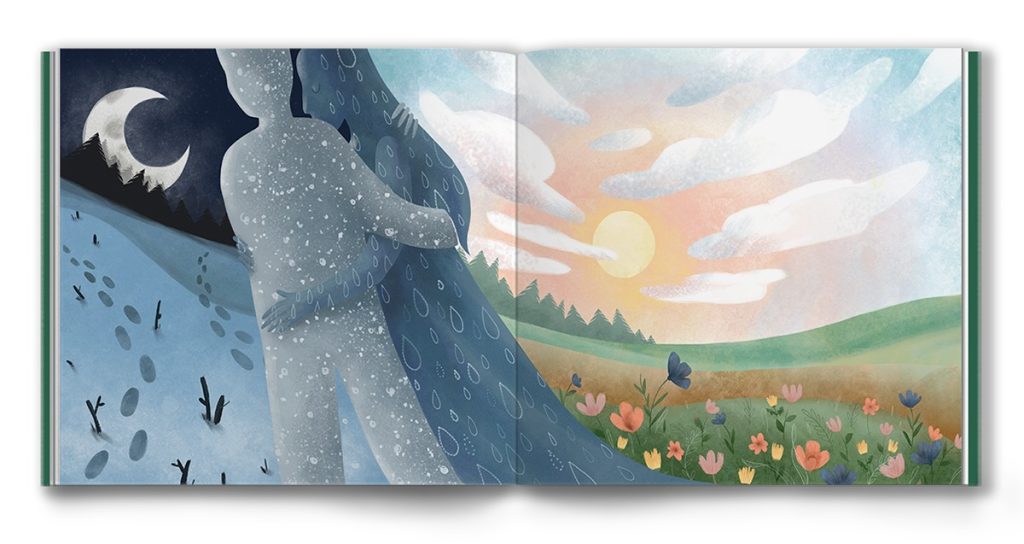
Sometimes called fantasy or whimsical illustration, this illustration style tends to lean more on the fantastical and less on reality. It tends to be a lot more fun and dreamy, inspiring the imagination.
4. Line Drawing Illustration Styles
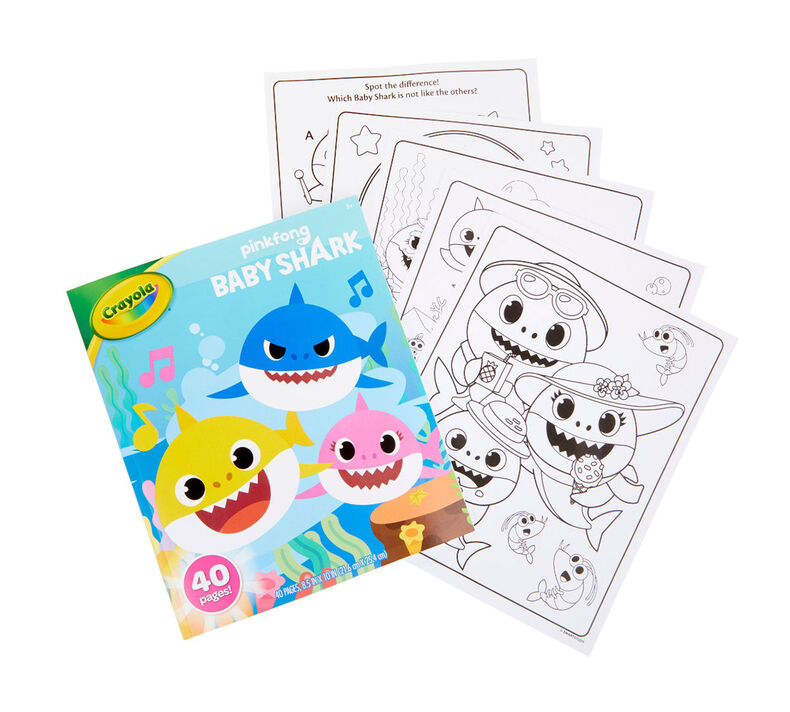
While not common in most regular children's books, a children's book that doubles as a coloring book almost always has a line-drawn style.
This is a style using only simple lines, with little to no shading, to express the ideas in the book.
5. Sketch Illustration Style
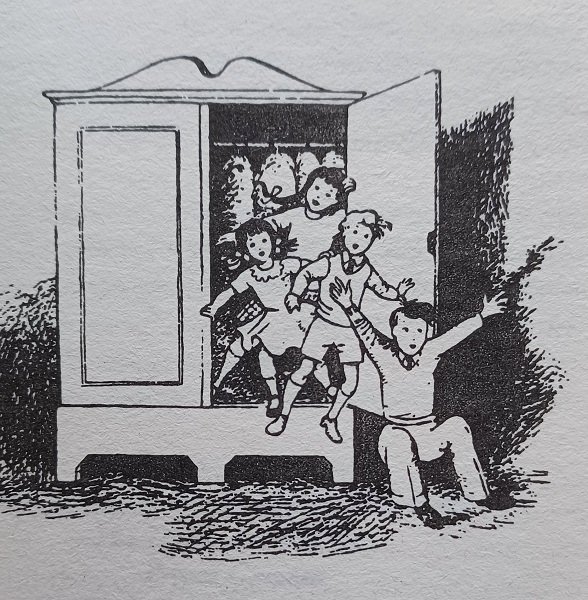
Similar but different from line drawings, a sketch drawing is usually a children's book made up of one color (usually black), but adds a little more detail.
These type of sketch drawings were a lot more common in older books, such as Alice in Wonderland, or the Chronicles of Narnia.
6. Abstract Illustration Style
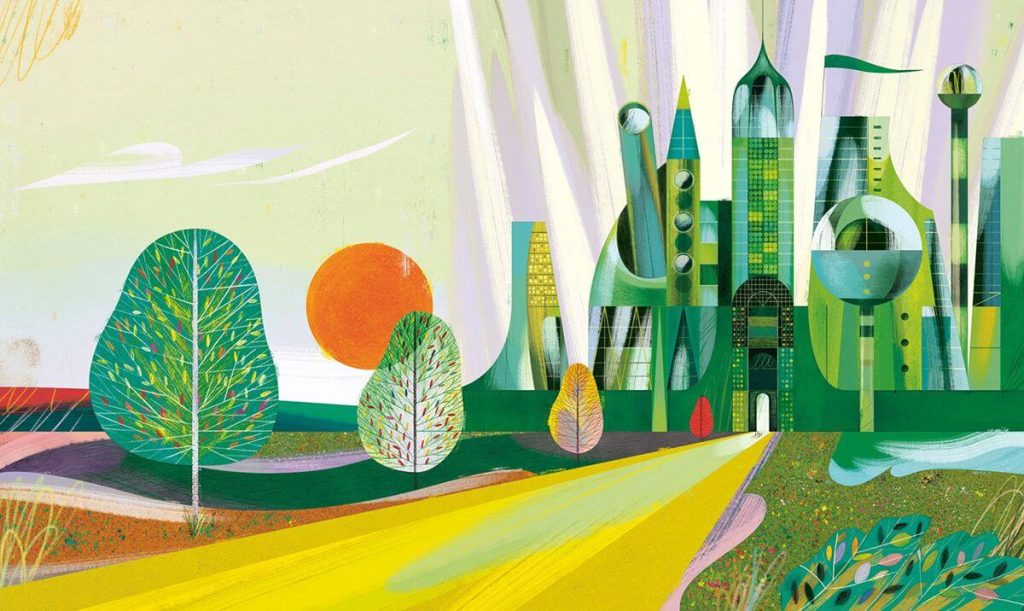
Abstract art tends to be a lot more exaggerated and stylized, but in a specific artistic direction.
This is one of the more difficult styles to define, but it is also one that you know when you see it.
7. Stylized and Exaggerated Illustration Style
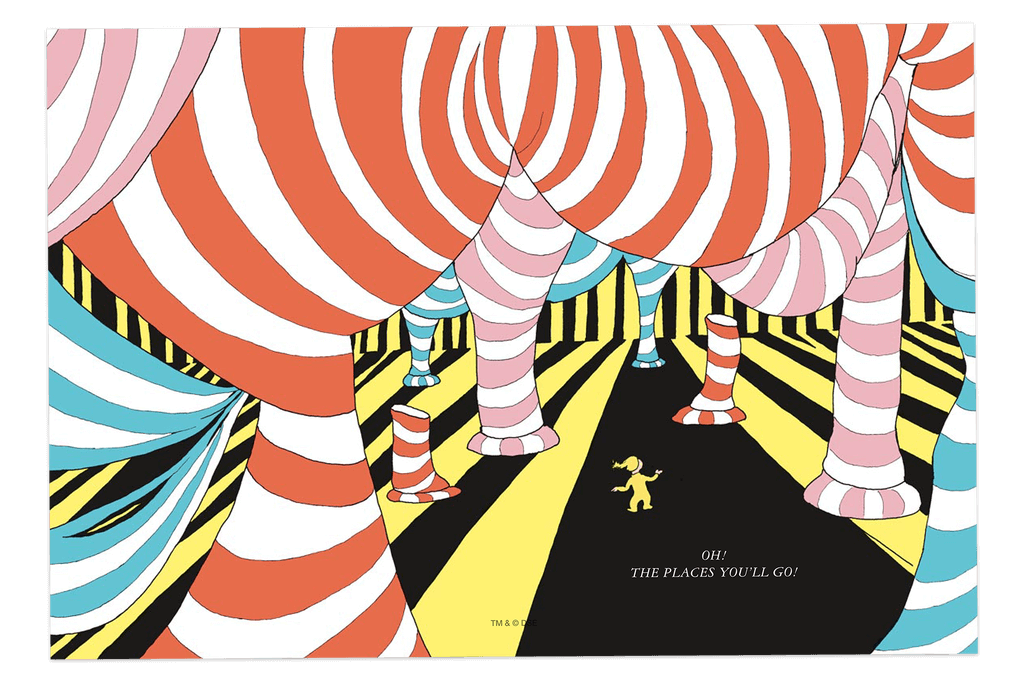
Similar but not necessarily the same as abstract art, stylized illustration styles tend to exaggerate real-world features and create aspects of the illustration that are larger-than-life, drawing attention to the focus of the book.
8. Vintage Illustration Styles
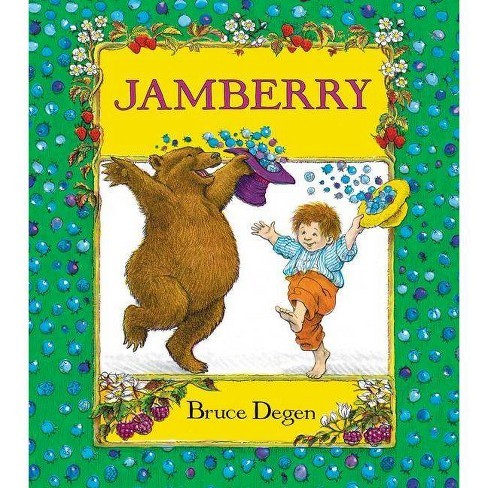
Vintage children's books are still highly beloved today, so it is no wonder that older styles of art are still relevant.
Vintage styles tend to be a little bit more subdued, often created with pencil, and evoke a simpler time.
9. Bold and Bright Illustration Styles
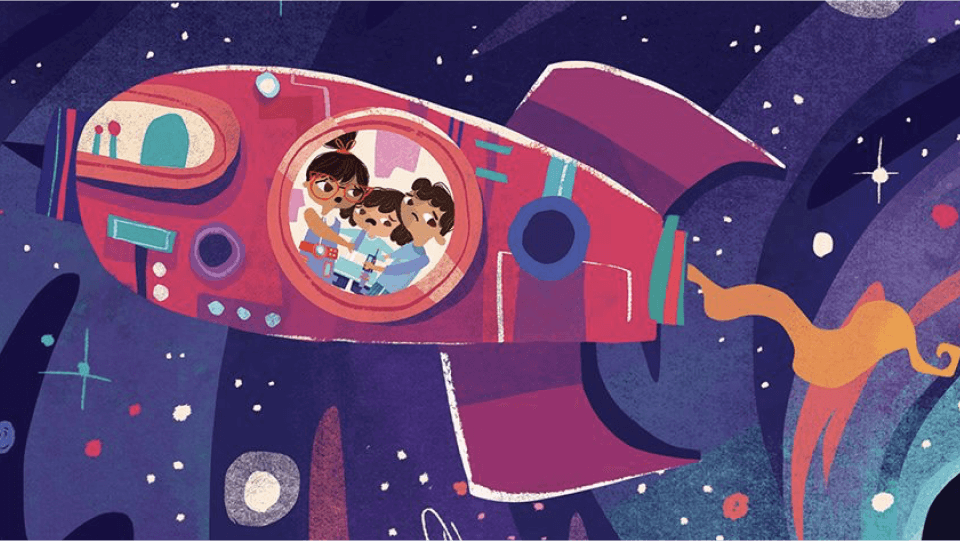
These bold or bright illustration styles make a statement. They tend to zero in on bright colors, large, powerful characters, and more.
These styles are great for creating a feeling of liveliness and activity.
10. Muted or Subdued Illustration Styles
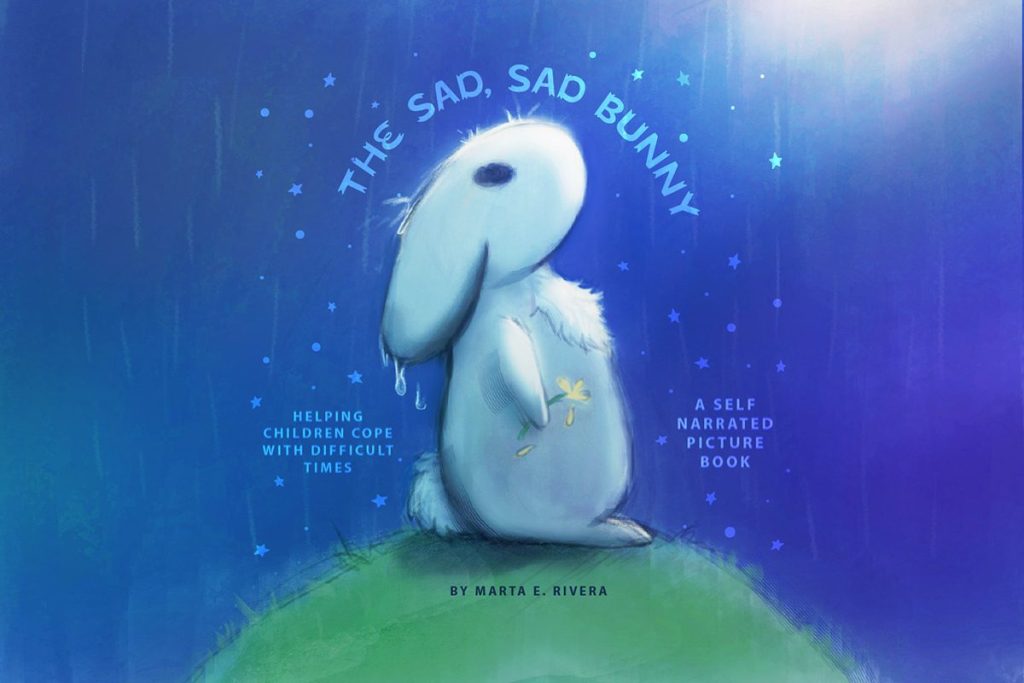
In contrast to the bold and bright illustrations, these muted illustrations are perfect for a more serious type of children's book.
Using muted colors and subdued imagery, you can easily create a mournful, emotional atmosphere.
The Top Eight Illustration Mediums
In addition to the different styles, there are different mediums to create children's book art, some of which are so distinct they create styles of their own:
1. Watercolor
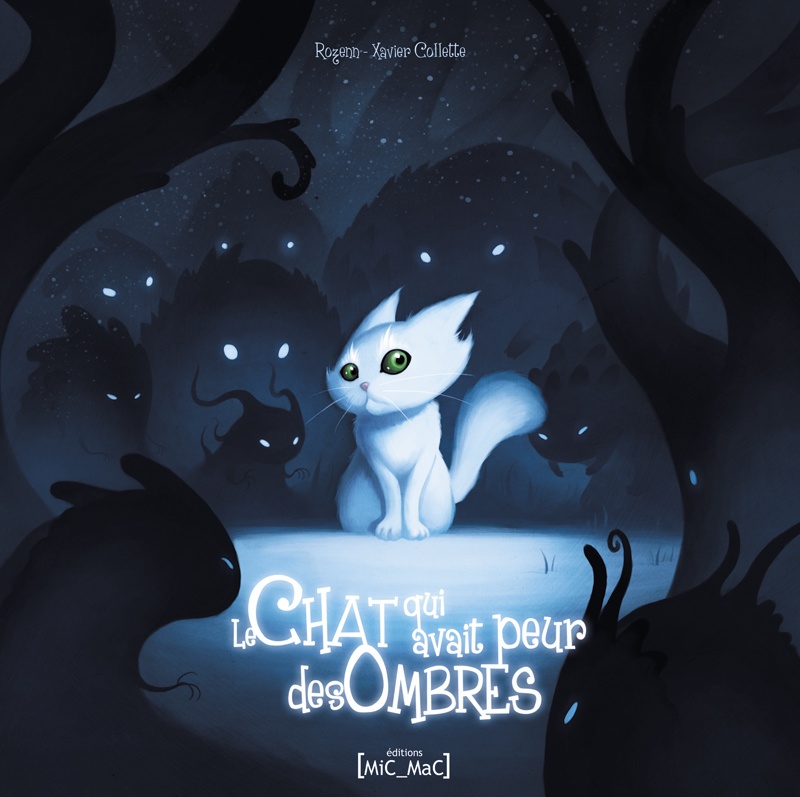
Watercolor is one of the most distinct mediums for illustration, as it almost creates its own style. When I was originally writing this post, I almost put watercolor into the styles section, because it is so unique.
However, watercolor is more of a medium, and it can be combined with other mediums such as pencil and acrylic paints.
It's beautiful subdued and gentle colors are often perfect for children's books.
2. Acrylic
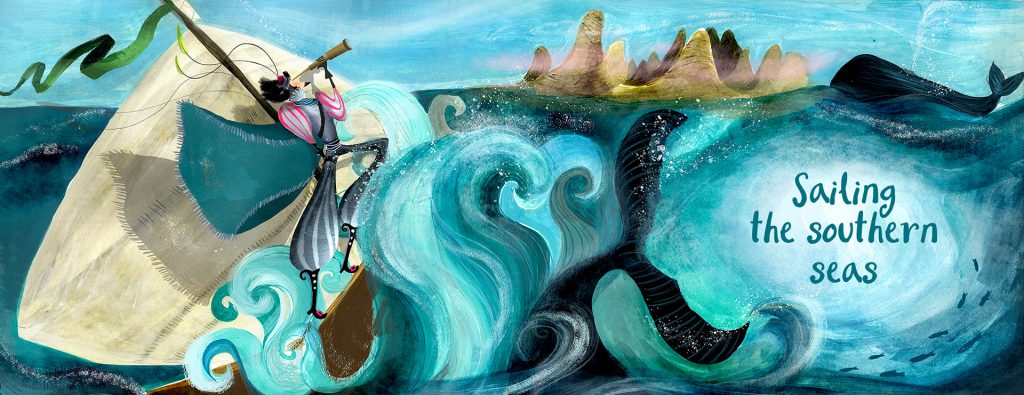
When creating physical art, acrylic paint is one of the most common ways to design. It is a relatively clean way to paint, doesn't need long to dry, and can create beautiful and vivid imagery.
3. Pencil Art
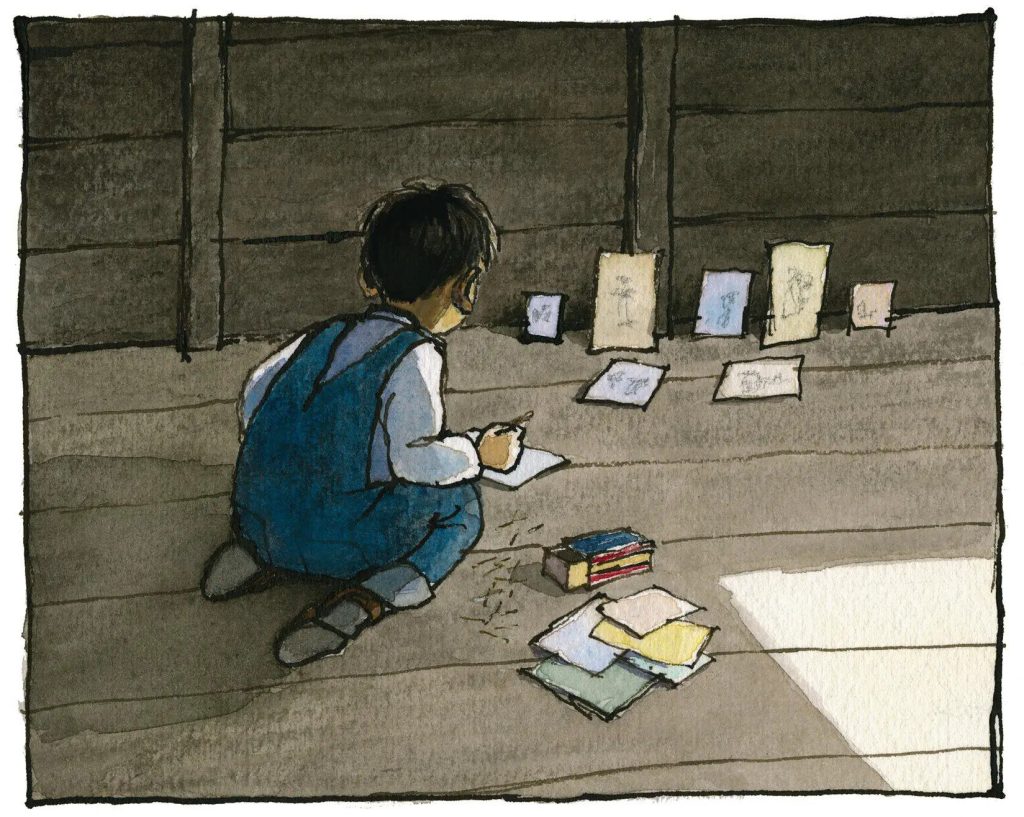
Believe it or not, the use of black and colored pencils in children's book illustrations is quite common. A lot of older children's books especially, used pencils in a lot of their designs.
Pencils are cheap, they can record a lot of detail, and are a great tool for children's book illustrators in general.
4. Charcoal
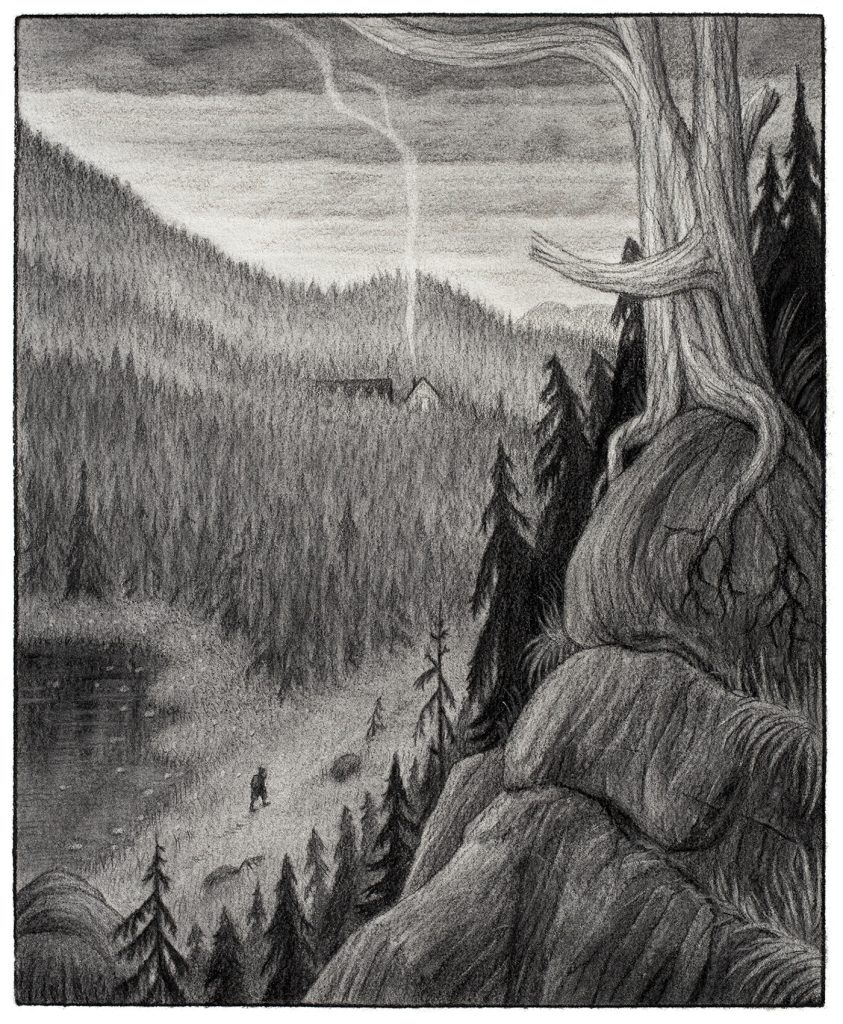
For a beautiful and distinct style, try using charcoal.
Charcoal is great for creating bold shadows and illustrations that pop off the page. Children's books that use a heavy amount of charcoal rarely have much color, but they can still be incredibly striking in their style.
5. Collage
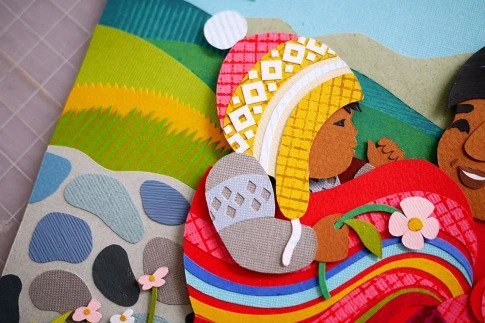
A lot of children's books take a collage approach, where your illustration looks like it has been pieced together from various materials like a scrapbook.
This is another medium that creates a unique-looking style, and is commonly used.
6. Multimedia
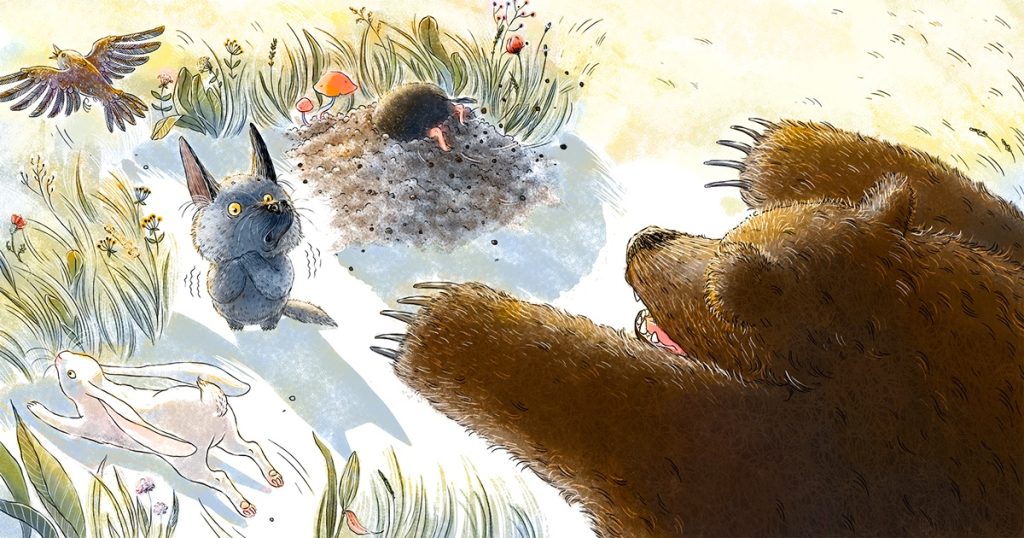
Who says that you have to have one medium? There are many books that use a combination of all of these techniques, whether it be digital art and watercolor, watercolor and pencil, charcoal and acrylic, or whatever you want.
7. Digital Painting
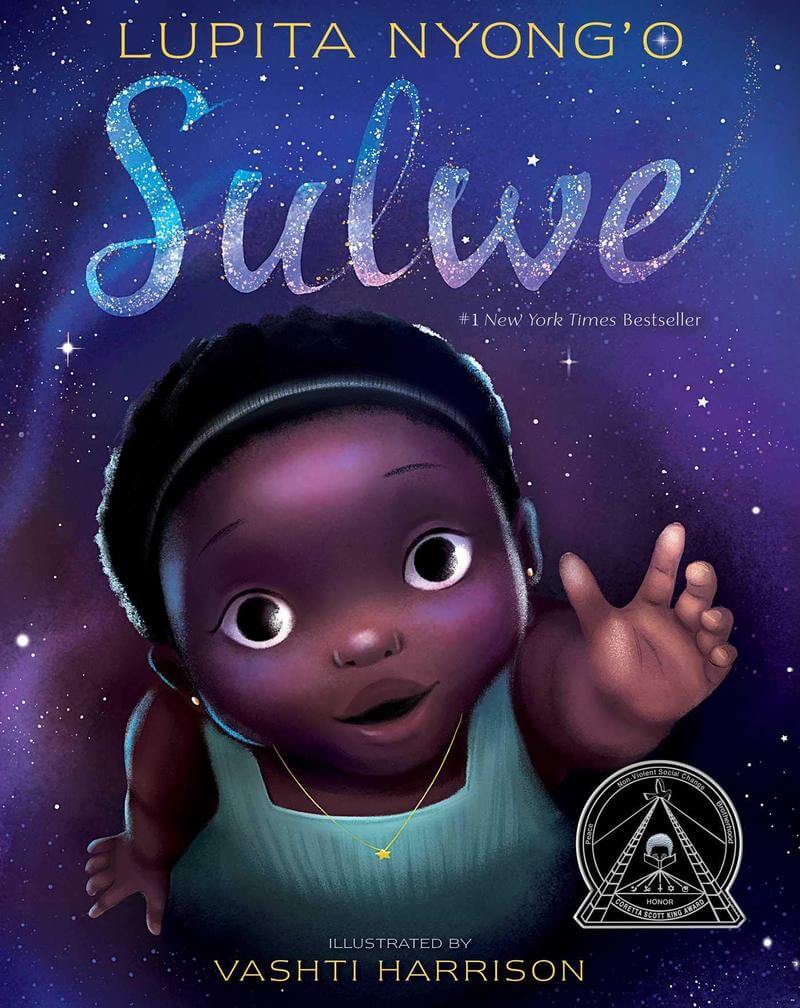
For books produced today, digital art is possibly the most common way to create children's book illustrations.
There are multiple types of digital illustration (I'll talk about another one below), but the most common are hand-drawn illustrations using something like a digital tablet.
The best thing about digital painting is that it can be adapted to almost any other type of style, and you can mimic most other mediums as well.
8. Vector Illustrations
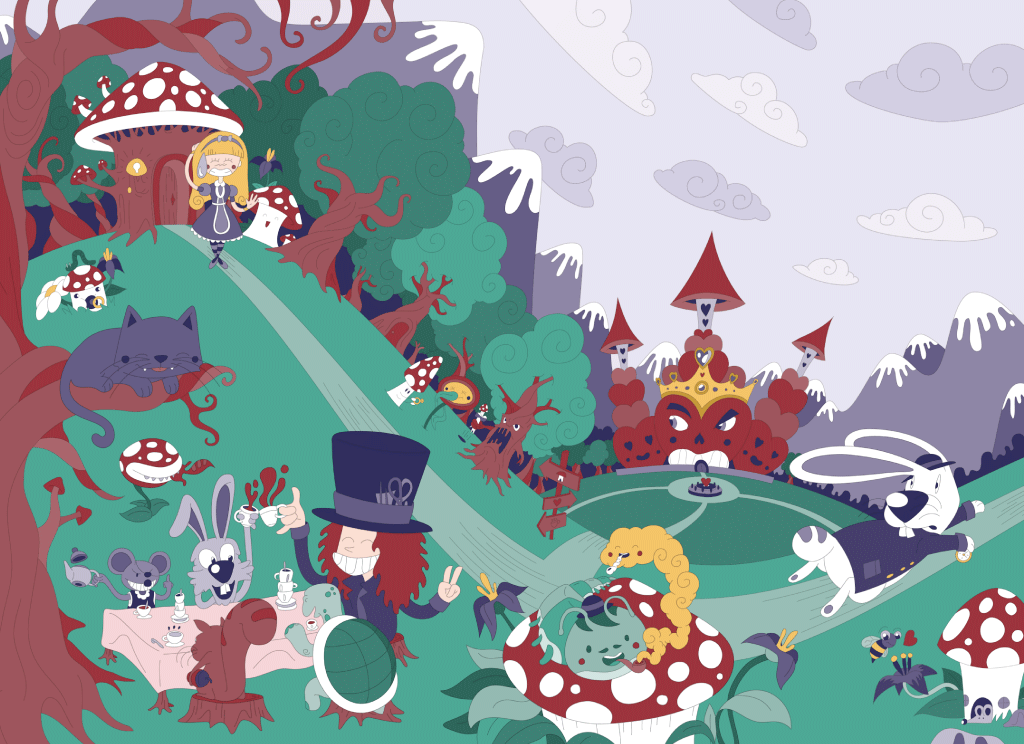
Vector illustrations are a specific type of digital illustration that typically takes on a flat, 3D look.
Vector illustrations are the type that maintain their resolution no matter how large your file. This means that you can expand the size of your illustration to virtually any size, and it will still have an amazing, crisp edge.
Vector illustrations are most commonly created in Adobe Illustrator.
What Makes a Good Illustration in a Children's Book?
Like all art, what makes an illustration “good” can be subjective. But there are a few qualities worth aiming for:
- Visually appealing – The illustrations should look good on the page and on the shelf. More importantly, they should grab a child’s attention and spark their imagination.
- Memorable – Think of the artwork in Dr. Seuss books. It’s instantly recognizable because it’s distinctive and bold. That kind of uniqueness helps illustrations stick in a child’s mind long after the book is closed.
- Able to tell a story – A good illustration doesn’t just decorate the page. It moves the story forward. Ideally, a child should be able to follow the basic plot just by looking at the pictures, even if they can’t yet read the words.
- Age-appropriate – The complexity, style, and tone of the illustrations should match the target age group. What works for toddlers won’t necessarily resonate with older kids, and vice versa.
- Emotionally expressive – Great illustrations help young readers connect with the characters. Facial expressions and body language should clearly convey how a character is feeling in each scene.
- Consistent throughout – The style should stay uniform from beginning to end. This helps create a cohesive reading experience and keeps the focus on the story rather than distracting shifts in the artwork.
Format Beautiful Professional Books
Easy to use, and and full of amazing features, you can quickly turn your book into a professional book.
Check It OutOther Considerations in Your Style
Beyond choosing an illustration style that fits your story, here are a few additional things to keep in mind when working with an illustrator:
- Know your audience – The age of your readers should influence everything from the style and color palette to how detailed or abstract the illustrations are. What works for toddlers likely won’t work for middle-grade readers.
- Don’t skimp on quality – Illustrations are often the first thing a child notices. Sharp, professional artwork can make the difference between your book being picked up or passed over.
- Vary the visuals – Mix up the composition from page to page. Try different angles, zoom levels, and layouts to keep things dynamic. Just make sure the overall style stays consistent.
- Match the text and images – The illustrations and words should feel like they belong together. Don’t let them tell two different stories. A good layout makes sure the images enhance, not distract from, the narrative.
- Respect your illustrator’s role – It’s great to have a vision, but try not to micromanage. A good illustrator brings their own creative instincts to the table. The best projects are collaborative.
- Consider page-turn moments – Think about how the illustrations will guide the reader through the book. Surprises, reveals, and emotional beats often happen at the turn of a page – and great illustrations help amplify those moments.
- Think in terms of the whole book – A single illustration might be beautiful, but ask yourself how it fits into the full spread. Balance, flow, and visual pacing matter just as much as individual pages.
- Be mindful of print vs. digital – Some styles look great on screen but don’t translate well to print (and vice versa). Make sure the artwork will hold up in whatever format you plan to publish.
Where to Find Children's Book Illustrators
These days, most children’s book illustrators work freelance. Many can be found online. Here are some of the best places to start your search:
- Fiverr – Offers a wide range of illustration services at different price points. Look for illustrators with strong portfolios and consistent reviews.
- Upwork – A large freelancing platform where you can post a job and receive bids from illustrators around the world.
- Reedsy – A curated marketplace of professional editors, designers, and illustrators with experience in traditional and indie publishing. Great for finding illustrators with children’s book credentials.
- Illustration X – A professional illustration agency representing artists with experience in children’s books, advertising, editorial, and more.
- DeviantArt – A large art community where you can browse portfolios, follow artists, and reach out if you see a style you like. (Not every artist takes commissions, but some do.)
- Children’s Illustrators — A directory dedicated specifically to children’s book illustrators. You can browse portfolios and contact artists directly.
- Behance — Adobe’s platform for showcasing creative work. You can filter by illustration and children’s book categories, then reach out directly.
You can also look at books you admire and research who illustrated them. Many artists have websites or portfolios online, and some may be open to freelance work.
Don’t overlook Facebook groups either. There are several communities for indie authors and illustrators where you can get referrals or even post a request for recommendations.
Note: If you are an illustrator, or have found one who is willing to work with you, be sure to check out the other articles about how to write a children's book, and how to publish a children's book.
Format Beautiful Professional Books
Easy to use, and and full of amazing features, you can quickly turn your book into a professional book.
Check It Out
